Stay Ahead of the Curve
Latest AI news, expert analysis, bold opinions, and key trends — delivered to your inbox.
OpenAI’s Sora 2 Turns AI Into the Ultimate UGC Creator
4 min read Brands can now create UGC-style videos — real voices, phone-shot vibes, influencer energy — all generated by AI. No actors, no cameras, just prompts. October 06, 2025 17:03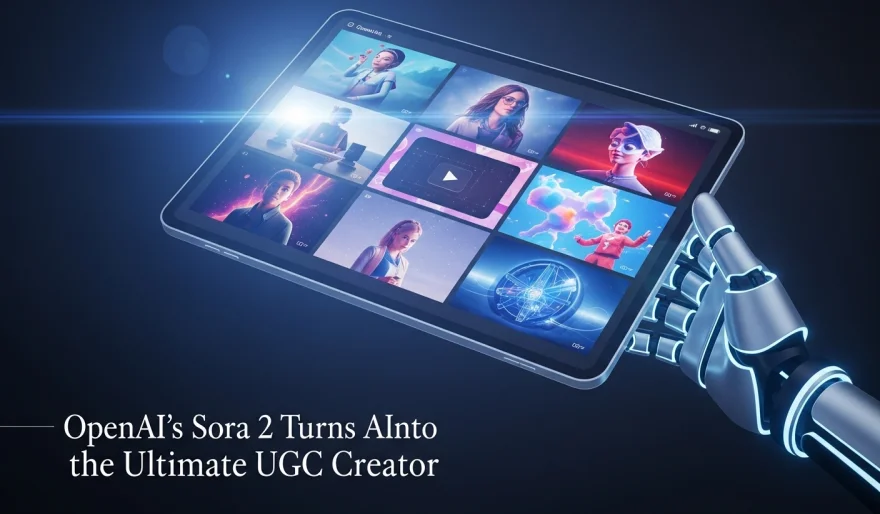
OpenAI’s Sora 2 just added the ability to generate UGC-style marketing videos — the kind of short, authentic clips you see all over TikTok, Reels, and YouTube Shorts. The update is quietly reshaping how brands can make social-first ads — fast, cheap, and scarily realistic.
With a few lines of text, marketers can now prompt Sora to create vertical “talk-to-camera” clips, product demos, or casual testimonials that feel like they were shot on a phone. You can even add “cameos” — AI versions of real people who can deliver your brand message on cue.
Why It’s a Big Deal
This is UGC without U — and that changes everything.
Until now, user-generated content meant paying influencers or running expensive creator campaigns. With Sora 2, brands can generate dozens of “authentic-looking” videos in minutes — testing tones, audiences, or hooks without hiring a single person.
For marketers, this means:
-
Speed: Campaigns that used to take weeks can be spun up in hours.
-
Scale: You can A/B test hundreds of ad variants instantly.
-
Cost: No cameras, actors, or production crews — just prompts.
But Here’s the Catch
OpenAI is walking a tightrope. UGC-style AI content blurs the line between “relatable” and “deceptive.” If audiences can’t tell what’s real, trust in authentic creators could erode fast.
And while OpenAI has guardrails — watermarking, consent controls for cameos, and banned categories — enforcing that across millions of generated clips will be a challenge. Expect platforms like Meta and TikTok to soon require clearer AI-content labels.
Why It Matters
Sora 2 isn’t just a creative tool — it’s a signal of where marketing is heading. AI isn’t replacing agencies yet, but it’s automating the middle layer: the endless test videos, influencer drafts, and “quick edits” that drive modern ad performance.
The next marketing gold rush won’t be about who shoots the best ad — but who prompts the best story.
Hot Take
Sora 2 just turned AI into a brand’s best content creator — and maybe its biggest ethical headache.
The tech that makes your product go viral could also make your audience question what’s real.
Welcome to the age of synthetic authenticity.
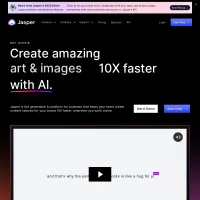

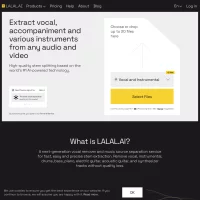


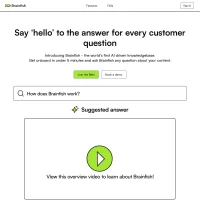
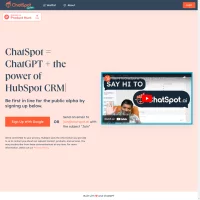
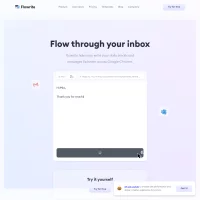

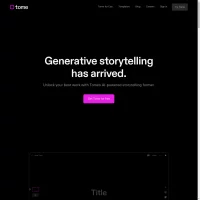
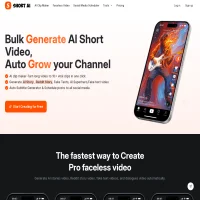
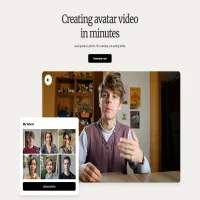

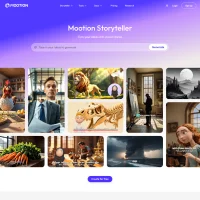
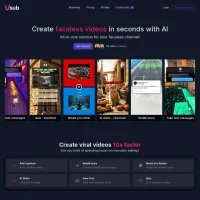


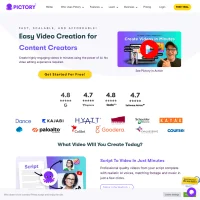
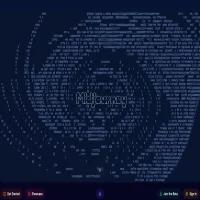
 AI Agents
AI Agents